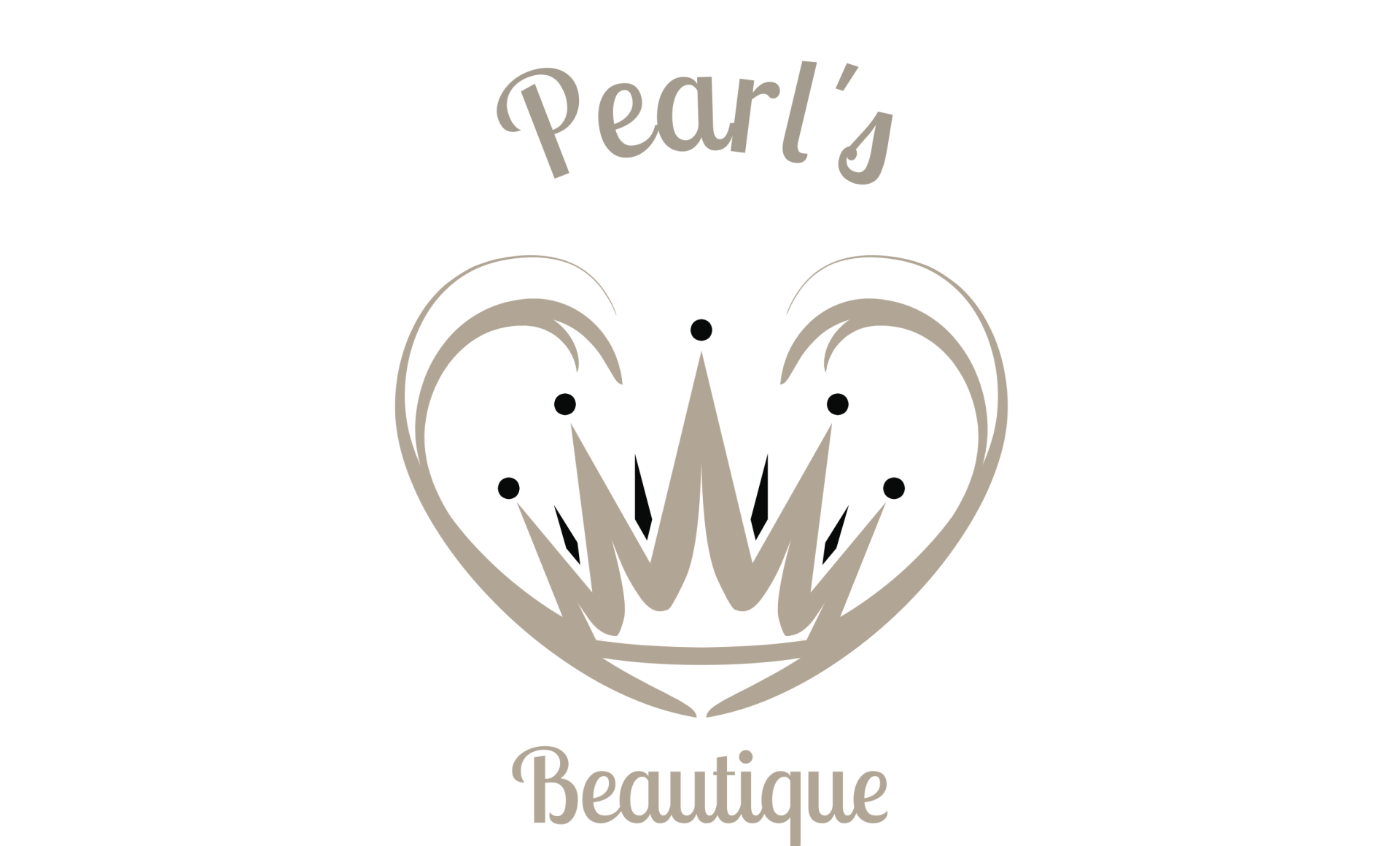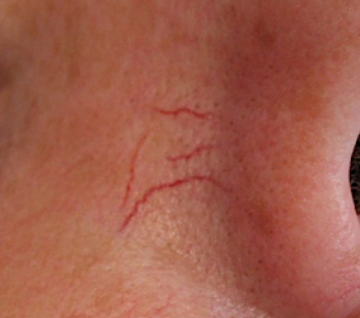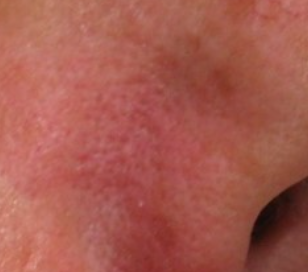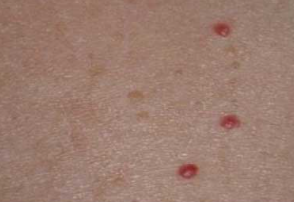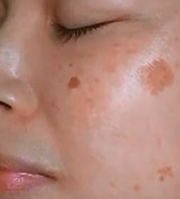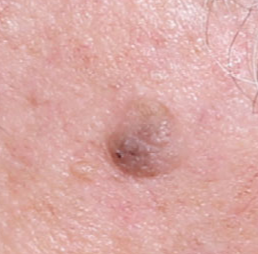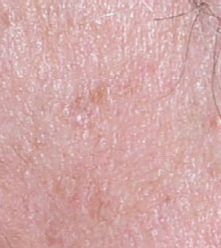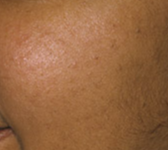Non - Surgical Blemish Removal & Skin Tag Removal
What is Non surgical Blemish Removal?
Advanced Cosmetic Procedures (ACP) are an effective, non-invasive treatment for blemish's without leaving any scarring. Most Blemishes can be removed in just one quick session, which makes it one of the most cost effective treatments available.
Non surgical blemish removal originated in the early 1900’s where diathermy was often used to treat many skin conditions such as; Telangiectasia (thread veins), Spider Naevi, Skin Tags, Blood Spots, Cherry Angioma, Seborrhoeic Keratosis/Warts, Sebaceous Hyperplasia, Dermatosis Papulosa Nigra, Milia, Pigmentation (solar lentigo, brown marks), mole reduction, Verrucas, Viral Warts and mole reduction. and even xanthoma (yellow pigmented spots on the eye lids). Today we can effectively treat these, Blemishes, Skin Tag removal and Mole reduction using Advanced Cosmetic Procedures.
Generally it is best to avoid treating moles, but if yours is causing you severe distress it may be able to be treated with diathermy. You should always consult your GP before mole reduction treatment written consent will be required.
The Non-Surgical Blemish Removal can treat
How does it work?
The treatment uses a Short-Wave Diathermy electrical current (heat) the treatment is extremely safe and effective and creates a localised effect in the target area. Treatment results in a controlled destruction of the tissue and its eventual removal by the body’s innate healing mechanism.
When treatment of the vascular conditions is carried out, diathermy method is usually selected as it allows a finer ‘pin point’ accuracy. The minute blood vessel is sealed by means of cauterization or decomposition. As the skin capillaries are like the fine twigs on the branches of a tree the blood is merely diverted to an alternative ‘branch’ or capillary and the blood supply to the tissue remains fully functional. The same techniques are used for spider naevi and cherry angiomas or blood spots. The removal of thread veins with advanced electrolysis is generally permanent but further damaged vessels can arise subsequently to take their place depending on the skin condition and the extrinsic and intrinsic factors, which influence the skin’s sensitivity.
Removal of these conditions will be permanent but you may require multiple sessions and regular ‘tidy up’ sessions every 12 months or so, to remove any new vessels that may emerge.
For the removal of seborrhoeic warts, viral warts, sebaceous hyperplasia, milia and larger skin tags, the short-wave diathermy current cauterizes and cuts through the tissue with its subsequent removal. The blood supply to nourish any further growth of the lesion is sealed off and the blemish will heal fully within few days to couple of weeks leaving minimal, if any, marking at all to the skin. The permanent removal of these lesions is generally achieved in one or possibly two treatments depending on their size.
Milia are treated by short-wave diathermy. The fatty content of these lesions is vapourised and the milia will clear without marking the skin. If the lipid dryness of the skin is not addressed or regular exfoliation is not undertaken, these lesions can reoccur. Initial healing of the area will only take a few days with full healing taking 4-8 weeks
What does the treatment involve and does it hurt?
A very fine needle probe is used to pass the heat of the electrical current. This is so precise and localised that only the smallest amount of discomfort is experienced and for most people there is very little discomfort.
What will my skin be like after treatment?
It is normal for the treated area to feel sensitive, show some redness and possibly a little swelling for a few days post treatment. In some cases, a small blister may form. Where deeper lesions have been treated you will leave the clinic with a dressing covering the open wound.
After a few days, these initial reactions will disappear but you will then usually experience localised drying and scabbing of the tissue as healing progresses. This is part of the healing process and is a normal reaction after the treatment of most conditions. It will disappear as new healthy skin replaces the old. It is imperative you do not pick this tissue.
Are there any potential side effects?
Providing that the correct aftercare instructions are followed and no infection is allowed to develop, these reactions will go quickly and the risks of any permanent scarring is minimal.
In some cases, treatment may leave slight pigmentation variation in the treatment area. This variation may be lighter or darker than the surrounding skin and can affect all skin types.
You must notify your practitioner if you are prone to post inflammatory hyperpigmentation, raised scarring or keloid scarring as these issues will either contraindicate or restrict your treatment.
Advanced Cosmetic Procedure consultation: The consultation involves carrying out a thorough examination of your skin, check medical history, factors that may have an effect on your skin and confirm treatment suitability.
Blemish removal price guide:
Treatment up to 15 minutes £65
Treatment up to 30 minutes £85
Treatment up to 60 minutes £125
* Treatment rate for the eye areas is different. The exact cost is confirmed during the consultation.
* Mole treatment from £85
Cherry angiomas, also known as Campbell de Morgan spots or senile angiomas, are cherry red papules on the skin.
Cherry Angioma are small blood spots that are benign vascular blemishes. They can vary in size from small pin dots to as large as a penny; and in colour from bright red to darker tones. Cherry angioma are not painful, but may bleed when scratched and can become distressing, particularly if they are in difficult to mask areas.
Whether you call them age spots, liver spots, sun spots, brown spots or solar lentigo, these benign areas of discolouration commonly appear on our hands, neck, shoulders and face as we get older. They are caused by a build up of melanin and ‘lipofucin’ in the connective tissue and are completely harmless.
Seborrhoeic keratosis is a benign, asymptomatic mass, primarily caused by the ageing process. It is also known as seborrhoeic warts, senile warts, barnacles or basal cell papilloma. They have a thick wart-like surface and are usually colourless when they appear and become brown to black over time. Seborrhoeic keratosis can be confused with other skin conditions, so it is advisable to seek a GP’s advice before visiting an electrologist.
Dermatosa Papulosa Nigra are small brown or black raised areas of skin that affect one third of people with Fitzpatrick skin types 5 and 6. In many cases, Dermatosa Papulosa Nigra is a genetic condition that appears on the face, upper cheeks and temples, eyes and chest and increases with age. While Dermatosa Papulosa Nigra does not pose a threat to your health, it can have an impact on your self confidence and mental well being.
What are skin tags?
Skin tags are small, soft, skin-coloured growths that hang off the skin and look a bit like warts.
They're very common, harmless, and can vary in colour and size – from a few millimetres up to 5cm (about 2 inches) wide.
Skin tags are usually found on the neck, armpits, around the groin, or under the breasts. They can also grow on the eyelids or under the folds of the buttocks.
Why do skin tags occur?
Skin tags are made of loose collagen fibres and blood vessels surrounded by skin. Collagen is a type of protein found throughout the body.
Both men and women can develop skin tags.
Skin tags tend to grow in the skin folds, where the skin rubs against itself, such as on the neck, armpits or groin. This is why they tend to affect people who have excess folds of skin and skin chafing.
When skin tags can be a problem.
Skin tags are harmless and don't usually cause pain or discomfort. However, you may consider having skin tags removed if they're affecting your self-esteem, or if they snag on clothing or jewellery and bleed. Sometimes, skin tags fall off on their own if the tissue has twisted and died from a lack of blood supply.

